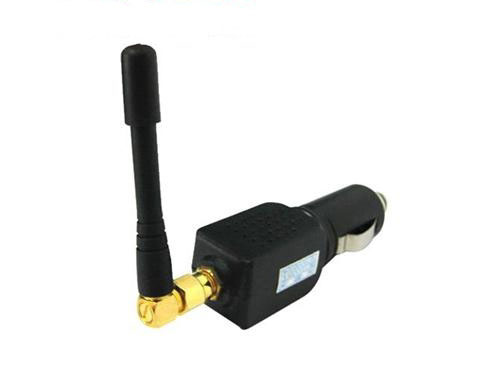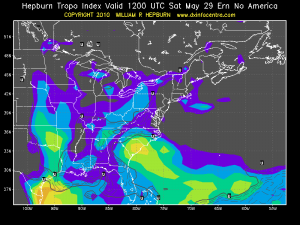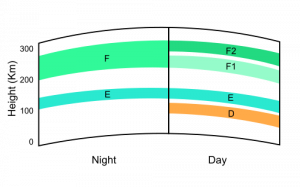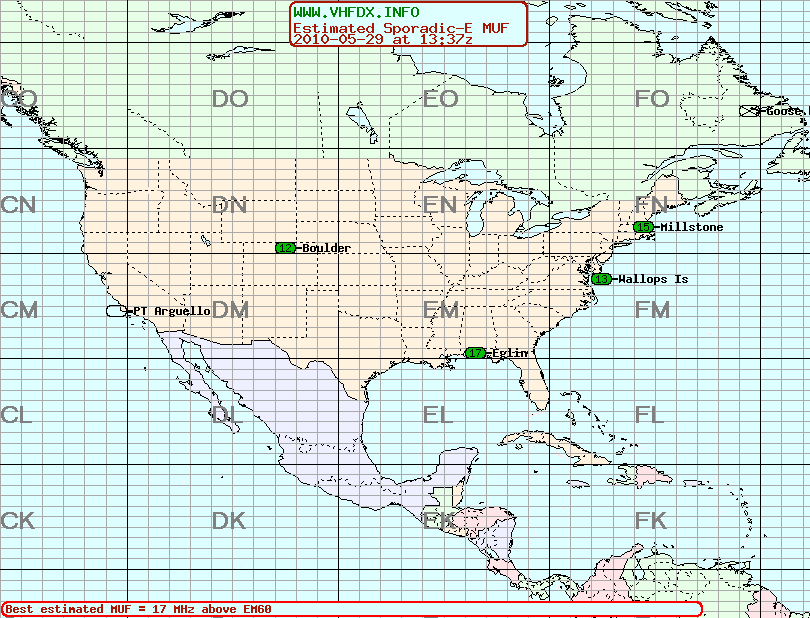The FCC has become concerned about Jamming devices for Cellphones, GPS and WiFi. So much so, they have released Enforcement Advisory No. 2012-02, which specifies fines in excess of $100,000 per incident.
The advisory states:
In recent days, there have been various press reports about commuters using cell phone jammers to create a “quiet zone” on buses or trains. We caution consumers that it is against the law to use a cell or GPS jammer or any other type of device that blocks, jams or interferes with authorized communications, as well as to import, advertise, sell, or ship such a device. The FCC Enforcement Bureau has a zero tolerance policy in this area and will take aggressive action against violators.
I have two three thoughts:
- GPS jammers are increasingly being employed by those who are concerned about their privacy. That set of people can range from truckers who don’t what their bosses to know every aspect of their journey, citizens concerned about GPS tracking devices on their vehicles, or ordinary people who don’t want the phone company tracking their every move via GPS-enabled cellphones.
- If only the FCC were as diligent and judicious in pursuit of other interference issues in the radio frequency spectrum. A few immediately spring to mind; IBOC to analog adjacent channels, broadband over power line, electrical noise on the medium wave band, illegal 2-way radios on RPU frequencies, etc. Of course, there is no money in those issues.
- Wasn’t the FCC about to allow LightSquared to install high-powered 4G data transmitters all over the place, thus jamming GPS anyway? I know they nixed that plan after the general uproar over the loss of GPS by things like aircraft in flight, etc.
It remains to be seen how, exactly the FCC is going to find things like this:

Hypothetically speaking, in a mobile operating environment while traveling down the interstate at 70 MPH with thousands of other vehicles, it would be the proverbial search for a needle in a haystack. This would be especially true for a GPS-only jamming device, which would require a very small amount of power to jam the weak satellite signals. It presents an interesting problem for the cash-strapped enforcement bureau.
Not all jamming devices are this small, however. After doing a Google search for GPS jamming devices I notice that some of them are great big honking things, with heatsinks and fans, capable of generating large signals on every cellphone, WiFi, 3/4G, and GPS frequency. Those larger jamming devices would be very easy to locate and disable.
Perhaps if the technology wasn’t so pervasive and readily abused by certain corporate and government entities, the desire to jam it wouldn’t exist.



